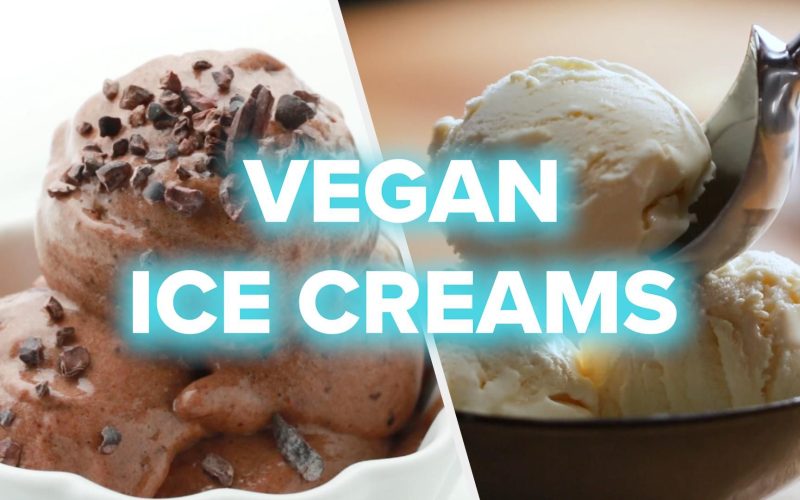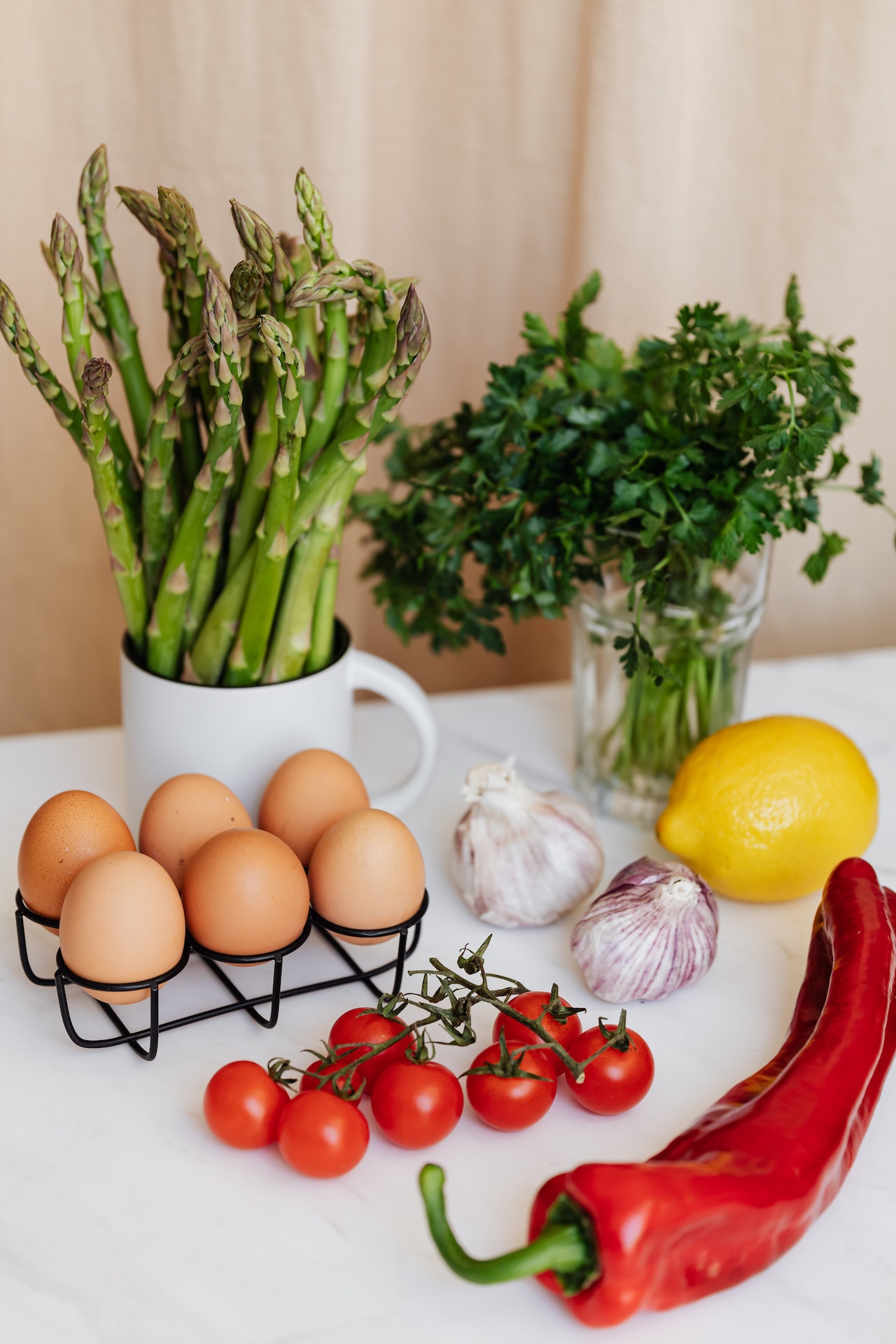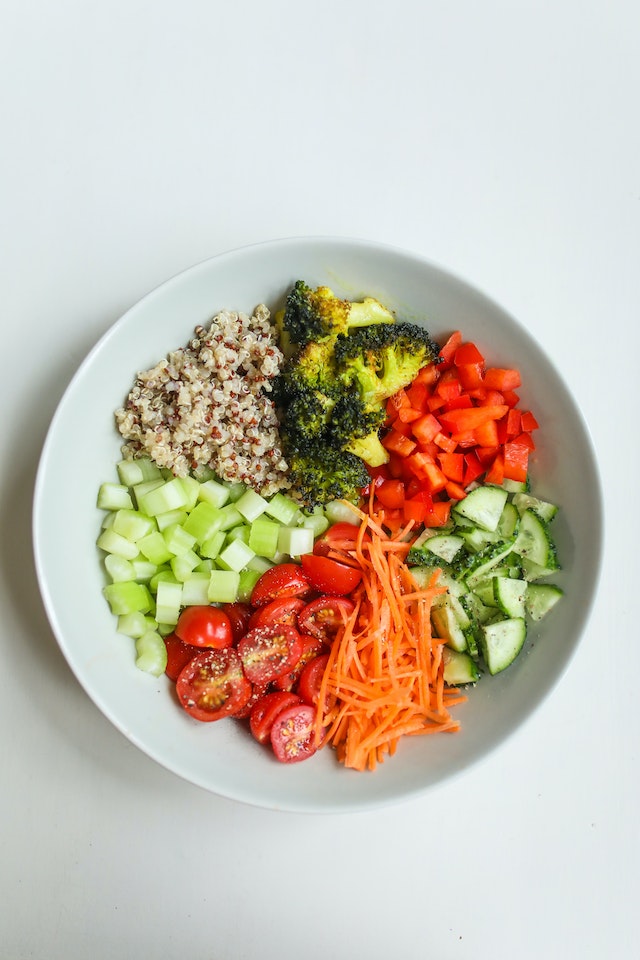Introduction
Imagine a scoop of rich, creamy ice cream that melts on your tongue—yet contains no dairy, no eggs, and no animal products. Vegan ice cream has transformed from a niche novelty into a mainstream treat that delights food lovers everywhere. Using plant-based milks like almond, coconut, cashew, and oat, manufacturers now create flavors as decadent as traditional ice cream. Beyond taste, vegan ice cream speaks to growing concerns about health, sustainability, and animal welfare. In this article, we explore the history, ingredients, brands, and future of this compassionate dessert revolution.
A Brief History of Vegan Ice Cream

Vegan desserts date back centuries in cultures that naturally relied on plant ingredients. But commercial vegan ice cream emerged only in the late 20th century:
- 1970s–1980s: Health food stores carried coconut-based “nice cream” powders. Early recipes were grainy and overly sweet.
- 1990s: Soy milk and tofu became base ingredients. Brands like Tofutti and Peach Tree launched soy-based ice creams with moderate success.
- 2000s: Advances in plant-milk processing improved texture. Coconut and almond milks gained popularity, offering creamier results.
- 2010s–Today: Oat milk, cashew milk, and blends produce silky bases. Artisanal brands experiment with unique flavors, while global giants launch dairy-free lines.
This evolution—from gritty soy mixes to velvety coconut cashew blends—reflects both better technology and rising demand.
Key Ingredients That Make Vegan Ice Cream Creamy

Creating a convincing dairy-free ice cream requires the right mix of ingredients:
1. Plant Milks
- Coconut Milk: High-fat content yields a smooth, rich texture.
- Almond Milk: Mild flavor allows other ingredients to shine.
- Oat Milk: Naturally creamy with a subtle sweetness.
- Cashew Milk: Thick and buttery, perfect for custard-style bases.
2. Stabilizers and Emulsifiers
- Guar Gum and Xanthan Gum: Prevent ice crystals and improve mouthfeel.
- Sunflower Lecithin: Helps fat and water blend, creating a smooth emulsion.
3. Sweeteners
- Cane Sugar or Coconut Sugar: Provide sweetness and lower freezing point.
- Maple Syrup or Agave Nectar: Add flavor notes while keeping mixture soft.
4. Flavor Enhancers
- Vanilla Extract: Deepens flavor and masks plant-milk notes.
- Cocoa Powder, Fruit Purees, Nuts: Offer endless taste variations.
By balancing fats, sugars, and stabilizers, vegan ice creams can rival or even surpass traditional versions in creaminess and flavor.
Health Benefits of Vegan Ice Cream
Switching to dairy-free ice cream brings potential health advantages:
- Lower in Saturated Fat: Coconut and almond bases can contain less unhealthy fat than heavy cream.
- Lactose-Free: Ideal for people with lactose intolerance or milk allergies.
- Reduced Cholesterol: Plant fats have no cholesterol, supporting heart health.
- Allergy-Friendly Options: Many brands offer soy-free, nut-free, and gluten-free varieties.
While vegan ice cream is still a treat with sugar and fat, thoughtful portioning and careful ingredient choices make it a better option for many health-conscious eaters.
Environmental and Ethical Impact
Choosing vegan dessert supports broader sustainability goals:
- Lower Carbon Footprint: Plant milks generally require fewer resources than dairy production.
- Water Conservation: Almond and oat milk use less water overall compared to cow’s milk.
- Animal Welfare: Eliminates the need for dairy cows and the ethical concerns of factory farming.
- Reduced Land Use: Plant-based ingredients often need less land than livestock farming.
By choosing vegan ice cream, consumers reduce their environmental impact and align dessert choices with values of compassion and conservation.
Top Vegan Ice Cream Brands to Try

The marketplace now overflows with dairy-free brands, each with unique strengths:
1. Ben & Jerry’s Non-Dairy:
- Flavors like “Peanut Butter Half Baked” use sunflower butter bases.
- Widely available and made with Fairtrade ingredients.
So Delicious Coconut Milk Ice Cream:
- Creamy coconut base in flavors like Vanilla Bean and Salted Caramel Cluster.
- Offers soy- and gluten-free options.
3. Oatly® Frozen Dessert:
- Oat-based and dairy-free, with a silky, custard-like texture.
- Popular flavors include Chocolate Fudge and Strawberry.
4. NadaMoo! Dairy-Free Ice Cream:
- Organic coconut cream base with playful flavors like Birthday Cake.
- Sweetened with coconut sugar for a caramel note.
5. Nuii Ice Cream Bars:
- Single-serve coconut milk bars coated with ethical chocolate and nuts.
- Convenient and indulgent.
Exploring local artisanal shops may also yield small-batch, handcrafted vegan ice creams with unique, seasonal ingredients.
DIY Vegan Ice Cream at Home

You don’t need a commercial freezer to make vegan ice cream. Try this easy banana-based “nice cream” recipe:
Ingredients:
- 4 ripe bananas, sliced and frozen
- 1 tablespoon almond milk (or any plant milk)
- 1 teaspoon vanilla extract
- Optional mix-ins: cocoa powder, peanut butter, berries
Instructions:
- Add bananas and milk to a food processor.
- Blend until smooth, scraping down sides as needed.
- Add vanilla and mix-ins; pulse to combine.
- Serve immediately for soft-serve texture, or freeze for 1–2 hours for firmer scoops.
This simple recipe showcases how plant ingredients can mimic dairy’s creaminess without complicated steps.
Seasonal and Creative Flavor Ideas
Vegan ice cream’s flexibility invites endless innovation:
- Summer Fruit Blends: Mango and passionfruit sorbets; mixed berry swirl with coconut cream.
- Autumn Spice: Pumpkin, cinnamon, and nutmeg in a cashew milk base.
- Winter Warmth: Gingerbread or mulled wine sorbet.
- Gourmet Twists: Matcha green tea, lavender honey (using vegan honey alternatives), or chocolate chili.
Pair these with vegan cones, gluten-free waffle bowls, or fruit bark toppings for a personalized treat.
Tips for Perfect Vegan Ice Cream
For best results, follow these guidelines:
- Chill Ingredients: Cold bases freeze faster and form smaller ice crystals.
- Use a Good Ice Cream Maker: Even a budget model improves texture.
- Don’t Overfill: Leave space for expansion as ice cream freezes.
- Store Properly: Press a piece of parchment paper onto the surface to prevent freezer burn.
- Serve at the Right Temp: Let frozen vegan ice cream sit at room temperature for 5 minutes before scooping.
These small steps yield smoother, creamier results that rival dairy versions.
The Future of Vegan Ice Cream
Innovation continues to push vegan ice cream forward:
- Upcycled Ingredients: Using spent grains from breweries for sustainable bases.
- Funky Ferments: Incorporating plant-based yogurts or kefirs for tangy, probiotic-rich profiles.
- High-Protein Variants: Adding pea or rice protein to boost nutrition.
- Global Inspirations: Adapting flavors like Thai coconut pandan or Mexican coconut lime.
As consumer demand grows, expect more creative, healthier, and planet-friendly options to hit freezers near you.
Conclusion
Vegan ice cream has come a long way from its gritty, early versions to the creamy, compassionate treats we enjoy today. With plant milks like coconut, almond, and oat as bases, plus smart stabilizers and bold flavors, dairy-free ice creams can satisfy any sweet tooth. Beyond taste, these desserts support health, animal welfare, and environmental sustainability—making them a win-win choice. From top brands like Ben & Jerry’s Non-Dairy and Oatly to simple homemade “nice cream” recipes, there’s a vegan option for everyone. Embrace the creaminess of compassion and cool down with a scoop of vegan ice cream.









